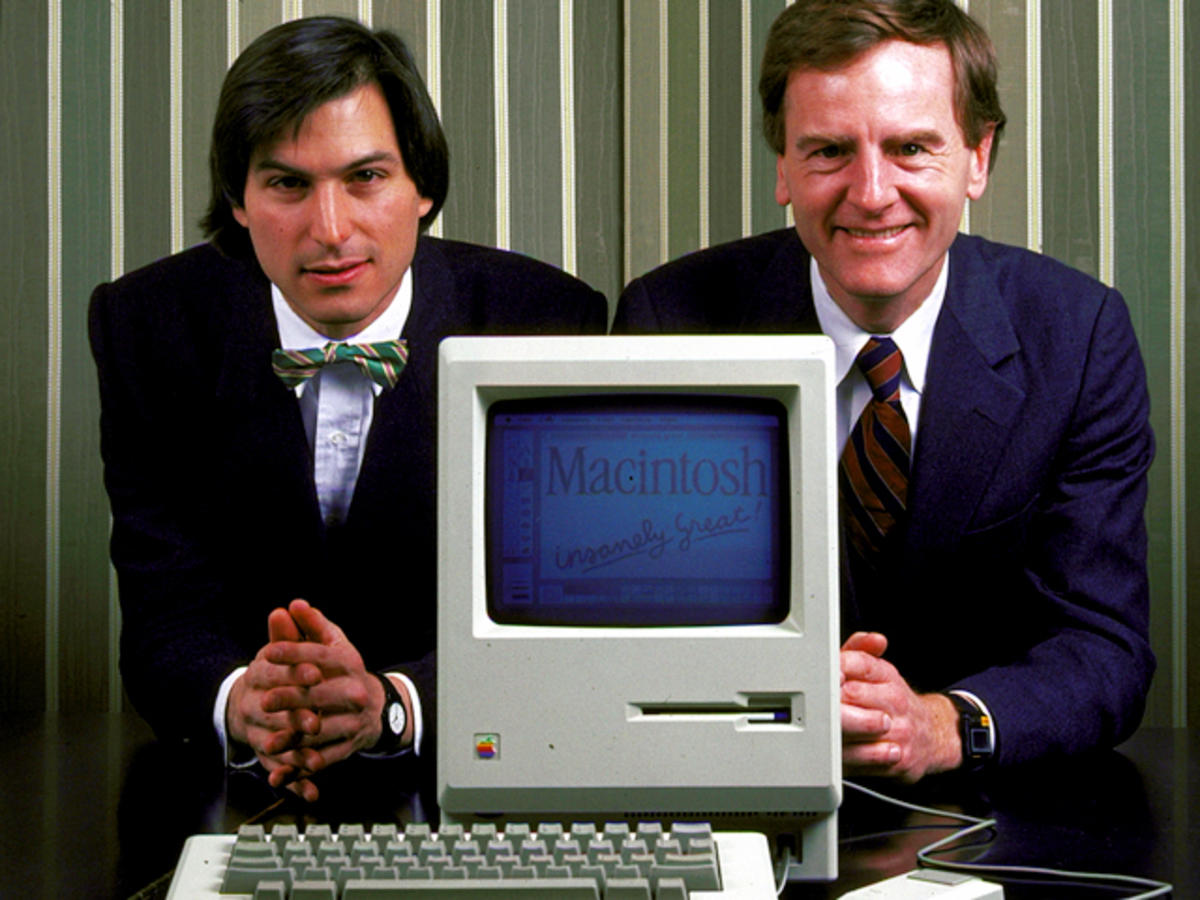Behavior Change Science Update: Moral Reframing

When Steve Jobs was trying to hire John Sculley, then the CEO of Pepsi, to come and work with him at Apple, Jobs said,
“Do you want to sell sugar water for the rest of your life, or do you want to come with me and change the world?”
Sculley did leave Pepsi and join Jobs at Apple, becoming CEO. At first, it was a lovefest, but over time they clashed, leading to Jobs’ ouster from the company he had founded.
It turned out they didn’t share the same values.
For Jobs, changing the world was a moral imperative. For Sculley, the technology business was a cool consumer products business that was first and foremost a business.
This cautionary tale is a good way to introduce the topic of moral reframing. It contains all the tensions a behavior change marketer must resolve in order to successfully use this technique.
The news is that Robb Willer, a Stanford sociologist, has found that an effective way to persuade people in politics is to reframe arguments to appeal to the moral values of those holding opposing positions (https://news.stanford.edu/2015/10/12/framing-persuasive-messages-101215/).
We know from testing and experience that similar reframing works outside of the political realm as well.
For example, let’s say my company has invented a new way to get you to exercise more.
I believe that if you were to try my product, you would exercise more, be healthier, live longer and feel more energy and vitality.
In other words, in my moral universe, exercise is about health.
But, maybe my audience cares about cool experiences and being part of an “in” crowd. If I reframe my presentation of my innovation in that frame, I’ll make many more sales. My persuasive communication will be much more successful, creating much more behavior change.
If we design our experience around this frame, we’ll create much more sustainable behavior change.
So, why doesn’t this happen more often?
“Moral reframing is not intuitive to people,” Willer said. “When asked to make moral political arguments, people tend to make the ones they believe in and not that of an opposing audience – but the research finds this type of argument unpersuasive.”
Most people tend to pitch from their own frames of reference, and moral frames are the least flexible.
But, understanding the audience and employing the audience’s frame of reference is the core of successful communication.
So, let’s get back to that Steve Job’s story.
Did he know something about Sculley? Did he know that Sculley had achieved wealth, respect and power and was now looking for a legacy?
Very likely. Jobs was an excellent salesman.
Or, did Jobs just speak from his own moral frame and it happened to work in this case?
Jobs was a true believer, so this is likely.
I tend to think it was both. Jobs thought he’d found someone who was ripe to be influenced by a moral frame they could share.
This is the tension between leadership and sales, between brand and response, that must be managed.
Excessive personalization tends to obliterate integrity in the brand. By attracting people who don’t share your values, you end up with a customer, an employee – or in Job’s case, a boss – who doesn’t really share your values.
And, bad things happen.
One approach that works particularly well in politics is to look for a larger frame. This is a way to get beyond my frame or your frame.
For example, Lincoln believed “if anything is evil, slavery is evil.” Others believed “slavery is our God-given institution,” while still others believed “slavery is an evil, but it’s not worth risking war over.”
Lincoln looked for a new moral frame that could be shared by more of his audience. He found several. The first was: “A house divided against itself cannot stand.” This, from the Bible, spoke to a broad swath of Lincoln’s audience. He employed the frame he later used in the Gettysburg Address, when he argued that the Founding Fathers had already dealt with the issue of slavery, that they had worked to set it “on a course of ultimate extinction.”
At the time, respect for the Founding Fathers was very great – it was a moral frame shared by a large percentage of the audience.
So, in sum:
- Speaking from your own moral frame is integrity, but it is often ineffective integrity.
- Speaking from your audience’s moral frame is more effective, but it can be manipulative and hurt the brand.
- Finding a frame that can include both the brand’s values and the audience’s too ultimately creates the most sustainable behavior change while it builds the brand.
For our client, Weight Watchers, which believed in healthy weight, healthy lifestyle and healthy community and then found that their audience had shifted focus to healthy lifestyle, we found that their frame was already broad enough to adapt, and all that was needed was to refocus the members themselves.
For Sallie Mae, we saw that “Let’s Make College Happen” could unite all the constituencies – parents, students, guidance professionals and Sallie Mae employees – all of whom are focused on making college happen.
TradeStation was obsessively focused on the most powerful trading technology while living the Miami lifestyle. When it became clear that the audience cared about both, rather than just the awesome technology, TradeStation widened the marketing frame, and the result has been like a beautiful big blue wave.
Frame like a master, and you’ll love the results.
This has been your Behavior Change Science Update: Moral Reframing.
Happy #InspiringAction

